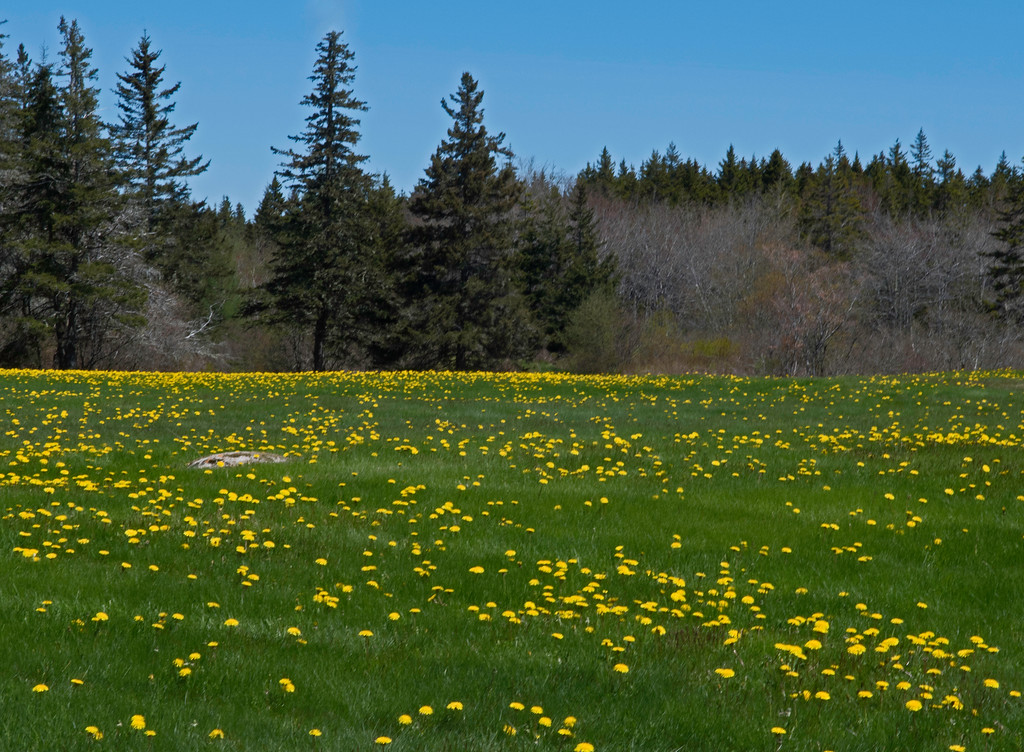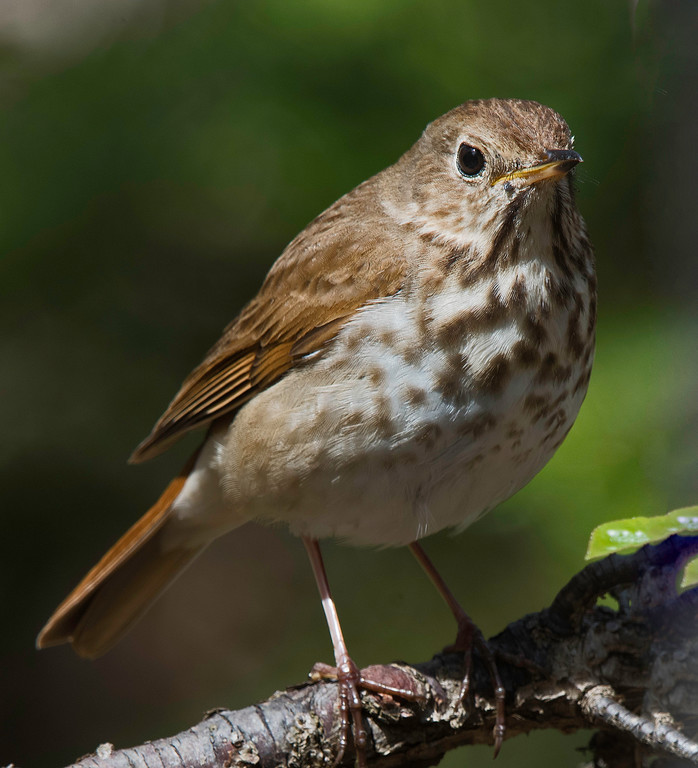A few days ago, this rogue fog bank entered part of Great Cove and, for a few minutes, swallowed the color-giving sunlight there. Then, the fog drifted off to maraud elsewhere and the sunlight came out of hiding. The lonely outboard skiff, the only WoodenBoat School vessel moored in the Cove now, ignored the rude treatment.
Meanwhile, the rest of the School’s fleet is being prepared to return to the Cove soon to keep the skiff company:
(Brooklin, Maine)





















































